Nagaland is lush with diverse culture and grandiloquent tribes. The precise definition of the word ‘Momgmong’ can be interpreted as ‘everlasting unity’. From the seventeen tribes in Nagaland, the Sangtam is a major tribe of North East India. The Sangtam tribes ares fluent in expressing their beliefs and culture. Their culture is depicted in the practice of their many rituals and ceremonies. Their ancient music and folk dance also speak of their unique ethnicity. All together, a total of twelve festivals are acknowledged by the Sangtam tribe of which Mongmong festival is heeded with most importance and pride. Significantly, the festival is celebrated in its entire splendor. Most of the people belonging to the Sangtam tribe originate from parts of Kiphire district in Nagaland. Being a widely acclaimed tribe of the state signs the Mongmong festival as one of the popular festivals of Nagaland. The festival with its element of amusement contributes to the flourishing tourism of Nagaland. The attention of the festival is highly centered on the subject matter of harvest. The festival is observed through the practice of worshiping God for all his gifts in the trajectory of life. The entire district is employed in the course of the holidays to prepare for this festival which incorporates ritualistic ceremonies and feasting.
History of the Festival
The Sangtam people offer their due respects and prayers once the seeds sown in their fertile lands begin to nurture and grow. The prayers are for a very thriving cultivation. Mongmong festival distinguishes the dead from the living. The separation of the two is the true essence of the festival. The religious advocate in charge of the district known as Beburu, recites a certain rite twice. Recitation of the prayer is done once in the evening and once in the morning. The Morning Prayer is considered rather more powerful and brings prosperity. Whereas, the prayer constituted in the evening is forged for the banishment of evil spirits that linger around their lands and proliferate bad vibes.
Duration of the Festival
Mongmong is celebrated from the 1st of September to the 6th of the same month. The festival is celebrated every year for six days. The number six holds significance of consequential importance in the Sangtam tribe. It is after the sixth day when a new born baby is christened after its birth. Also, when a person dies, people mourn their loss for a number of six days. Each day of the festival is vital to the entire festival as a whole.
Highlights/ Important Rituals of the Festival
- On the first day which is known as Sinkkitsa, people venture to the forests to gather resources for the festival such as firewood, as fuel for cooking, vegetables and millet. People also prepare wine for the entire course of festival.
- On the second day animals are killed so their meat can be procured for distribution among people. It is customary on this day that the eldest women of village consume the very first sip of water. Abiding against this tradition is strictly prohibited and considered gravely disrespectful.
- The Third day, known as Musuangtap is initiated by executing a series of rituals. First off, three worshiping stones, each representing a particular God are fed. Rice cakes are placed on the tops of the stones and wine is poured over them. The act symbolizes feeding the Gods. During the ritual people as well as animals are precluded from consuming food and water. People avoid stepping out of the village or visiting their farms on this day as they believe it will hinder the growth of their crops.
- The fourth day is spent cleaning the village, farms and wells.
- The fifth day is passed, socializing. People meet up with their friends, families and enjoy a lovely time. Gifts and tokens are often exchanged. The fifth day is called Shilang Wuba Nyumong
- People place nettle leaves on their rooftops to keep out evil spirits. On this last day called Akatisingkitsa, people are relieved in the knowledge that god had bestowed them with blessings and hence they rejoice.


























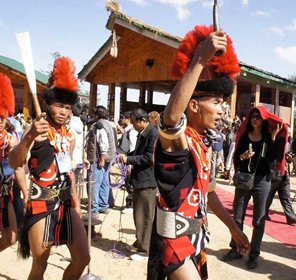
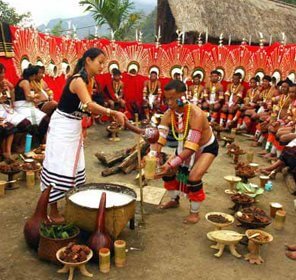
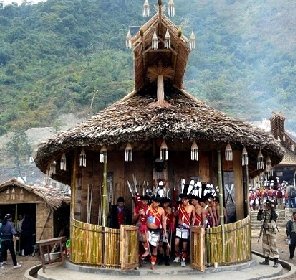
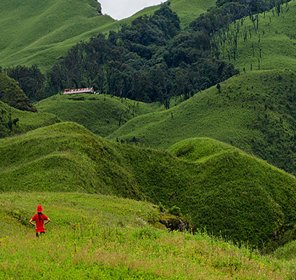
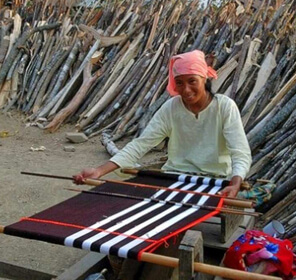
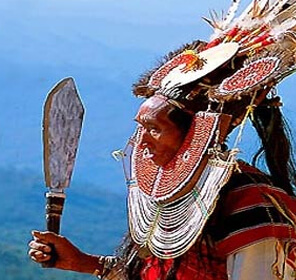
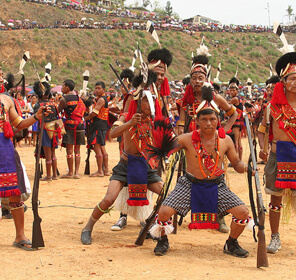
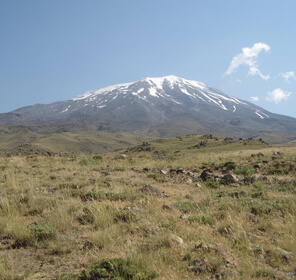
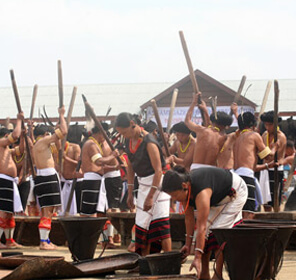
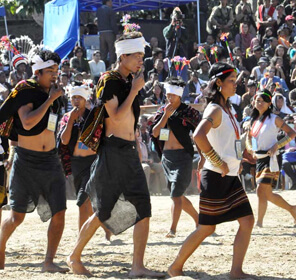
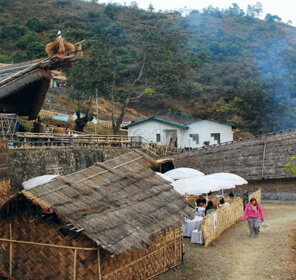
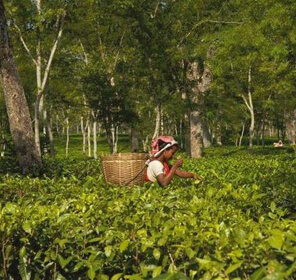
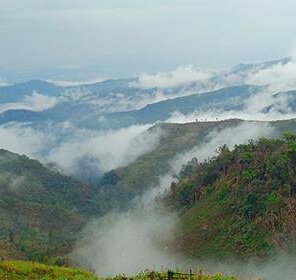

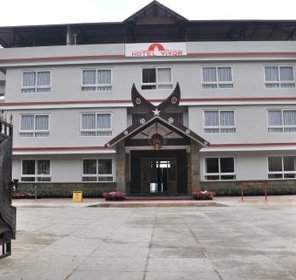
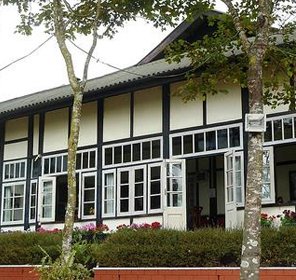

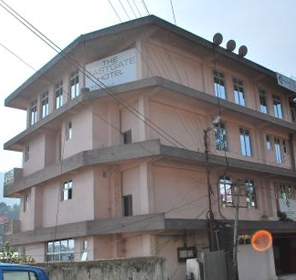
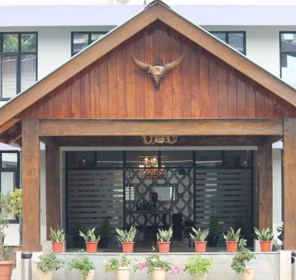
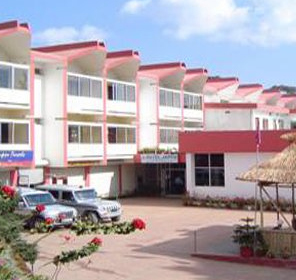
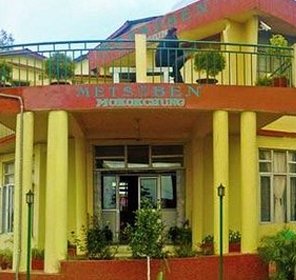
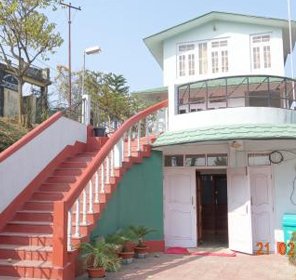
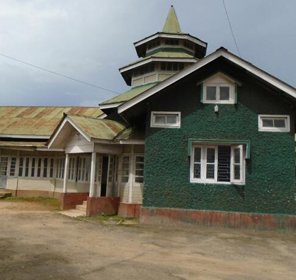

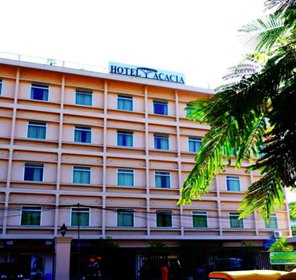
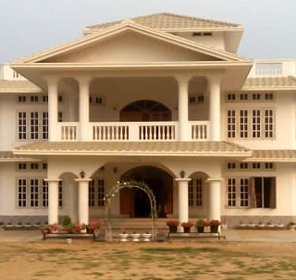

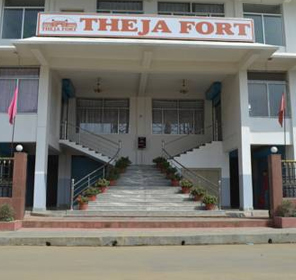


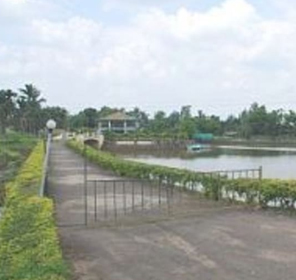

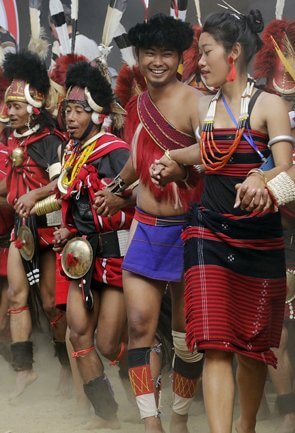
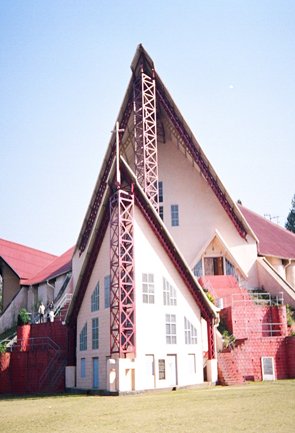
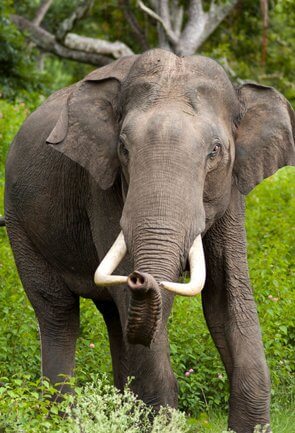

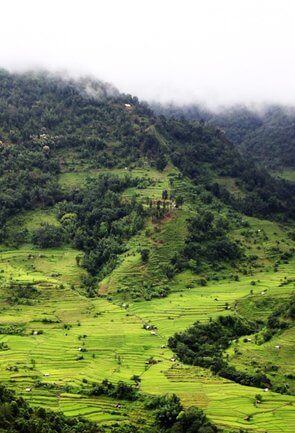
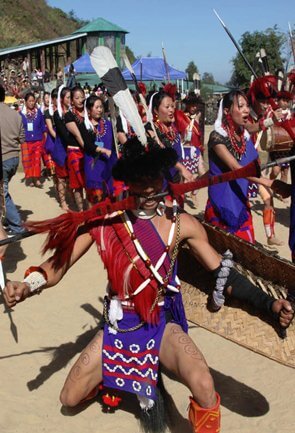



 Plan Trip
Plan Trip Call Us
Call Us Packages
Packages Home
Home